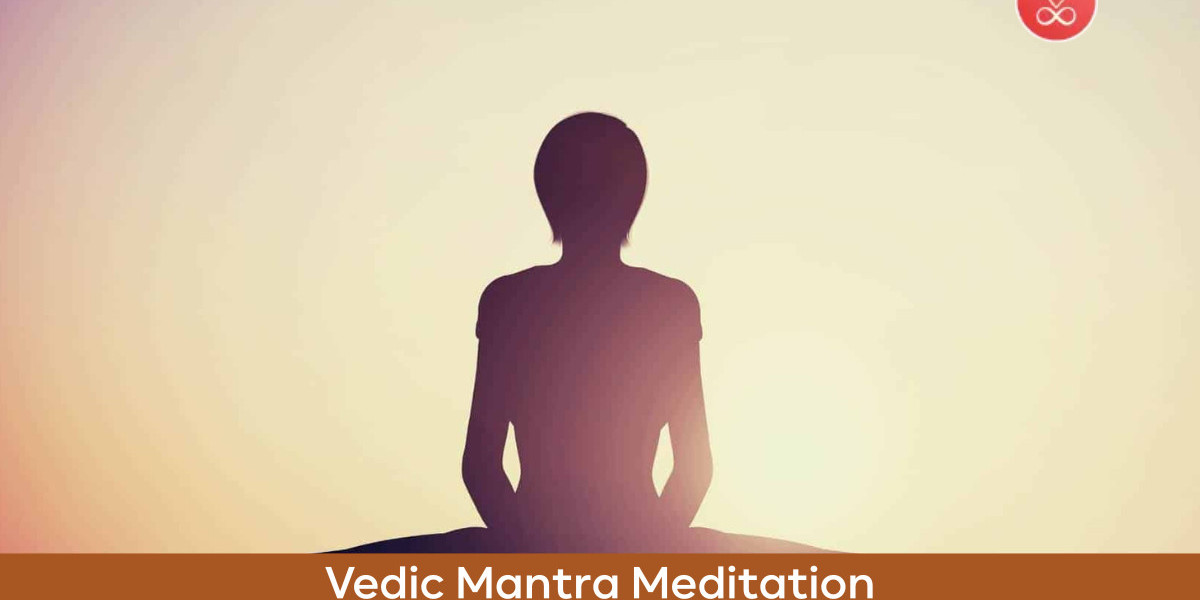Feeling stressed, anxious, or just mentally cluttered? Vedic Mantra Meditation might just be the ancient solution you didn’t know you needed. In a world full of noise, this sacred practice helps you tune into stillness, clarity, and profound peace. Let’s take a journey into the depths of this spiritual practice that’s been transforming lives for thousands of years.
What is Vedic Mantra Meditation?
Origins in the Vedas
The term "Vedic" refers to the Vedas, the oldest sacred texts of ancient India. These scriptures contain a wealth of spiritual wisdom, including mantras that have been passed down orally for millennia. Vedic Mantra Meditation involves chanting or silently repeating these sacred sounds to connect with the divine and align mind, body, and spirit.
Difference Between Vedic and Other Forms of Mantra Meditation
While Mantra Meditation in general uses repetitive sounds to anchor the mind, Vedic Mantra Meditation is rooted deeply in spiritual tradition. It’s not just about focus - it’s about spiritual evolution, purification, and tapping into ancient energies. Think of it as the difference between listening to calming music and attending a powerful symphony that moves your soul.
How Vedic Mantra Meditation Works
The Role of Sound and Vibration
Every mantra is a vibration. When you chant a mantra, you send energy into the universe and your body. These vibrations create a resonance that can shift your mental state, slow your breathing, and reduce your heart rate.
The Significance of Sanskrit in Mantras
Sanskrit isn’t just a language - it’s a vibrational science. Each syllable in Sanskrit is said to correspond with parts of the body and the universe. That’s why correct pronunciation in mantra chanting is so powerful. You're literally tuning your entire system with sacred frequencies.
For More Tools: What is Numerology
Benefits of Vedic Mantra Meditation
Mental and Emotional Well-being
Let’s face it - modern life is overwhelming. Practicing Vedic Mantra Meditation helps calm the mind, reduce anxiety, and increase your emotional resilience. It’s like hitting a reset button for your thoughts.
Physical Health Perks
Studies have shown that meditation can lead to significant physical health improvements, including lower blood pressure, improved sleep, and better immunity. The vibration of chanting also stimulates the vagus nerve, a key player in reducing stress.
Spiritual Awakening
Ever feel like there’s more to life than just existing? Vedic mantras help you connect with a higher consciousness. You begin to notice synchronicities, feel more aligned with your purpose, and deepen your spiritual awareness.
Popular Vedic Mantras and Their Meanings
The Gayatri Mantra
ॐ भूर्भुवः स्वः। तत्सवितुर्वरेण्यं।
भर्गो देवस्य धीमहि। धियो यो नः प्रचोदयात्।।
Known as the mother of all mantras, this one is about illuminating the intellect and connecting with divine wisdom. Chanting the Gayatri Mantra daily is like feeding your soul a healthy, vibrant breakfast.
The Mahamrityunjaya Mantra
ॐ त्र्यम्बकं यजामहे सुगन्धिं पुष्टिवर्धनम् ।
उर्वारुकमिव बन्धनान् मृत्योर्मुक्षीय मामृतात् ॥
This mantra is for healing and protection. It’s often used during times of physical or emotional crisis to invoke divine healing energies.
For More Tools: Mole Astrology
How to Practice Mantra Meditation
Choosing the Right Mantra
Not all mantras are created equal. Some are meant for peace, others for healing or spiritual insight. Choose one that resonates with your intention. A guru or spiritual teacher can help you find your mantra.
Proper Posture and Breathing
Sit comfortably, keep your spine straight, and breathe deeply. Your body should be relaxed but alert. Think of yourself as an antenna, ready to receive divine signals.
Ideal Time and Frequency
Early morning (Brahma Muhurta) is ideal, but any quiet moment works. Start with 5–10 minutes and gradually increase. Consistency is more important than duration.
Common Mistakes and How to Avoid Them
Rushing the Practice
Don’t treat it like a task to check off your list. Slow down. Let each syllable sink in. It’s about quality, not speed.
Mispronunciation of Mantras
Sanskrit mantras are powerful when chanted correctly. If you're unsure, listen to recordings by trained Vedic priests or teachers before practicing.
Mantra Chanting vs. Silent Meditation
Which One Works Best for You?
Some people love the active focus of mantra chanting, while others prefer the stillness of silent meditation. Why not try both? You might find that combining them offers a deeper, more integrated experience.
Incorporating Vedic Mantra Meditation into Daily Life
Starting with 5 Minutes a Day
You don’t need an hour or a perfect setting. Just five quiet minutes can make a difference. Consistency is key.
Creating a Sacred Space
Designate a spot in your home for meditation. Light a candle, place a deity image, or use incense. It’s about setting the mood and intention.
Vedic Mantra Meditation for Beginners
Step-by-Step Guide to Get Started:
Choose a simple Vedic mantra.
Sit in a quiet space with eyes closed.
Breathe deeply three times.
Begin chanting the mantra slowly.
Focus only on the sound and your breath.
End with silence and gratitude.
Visit Our: Mangal Dosha
Final Thoughts
In a fast-paced world, Vedic Mantra Meditation is like a soul GPS - guiding you back to your true self. It’s not just a practice; it’s a sacred ritual of transformation. Whether you're seeking peace, clarity, or spiritual depth, the power of these ancient sounds is timeless. Try it for yourself - and watch your life transform from chaos to calm.










